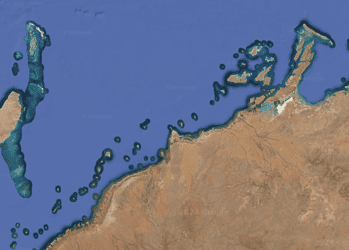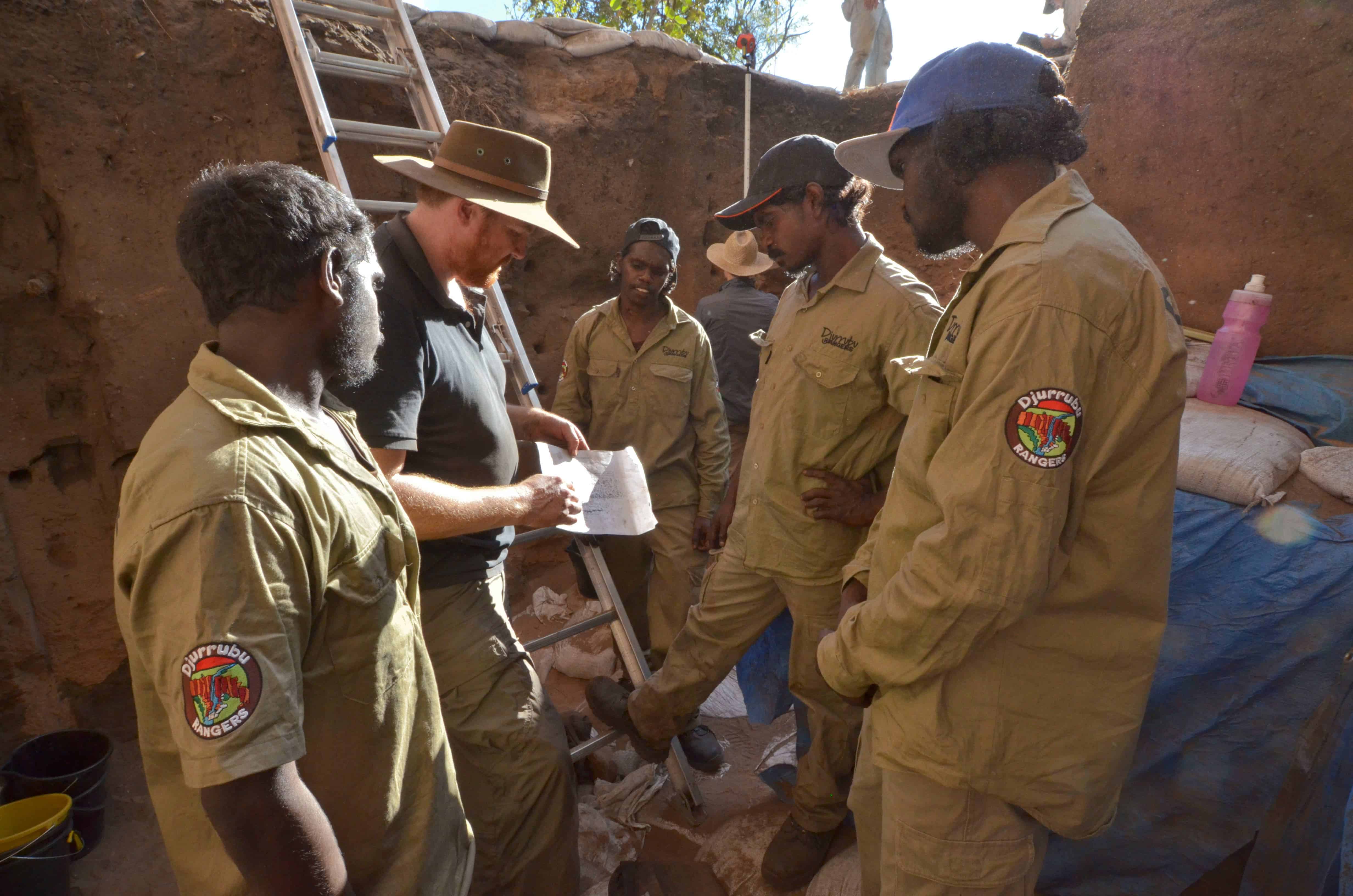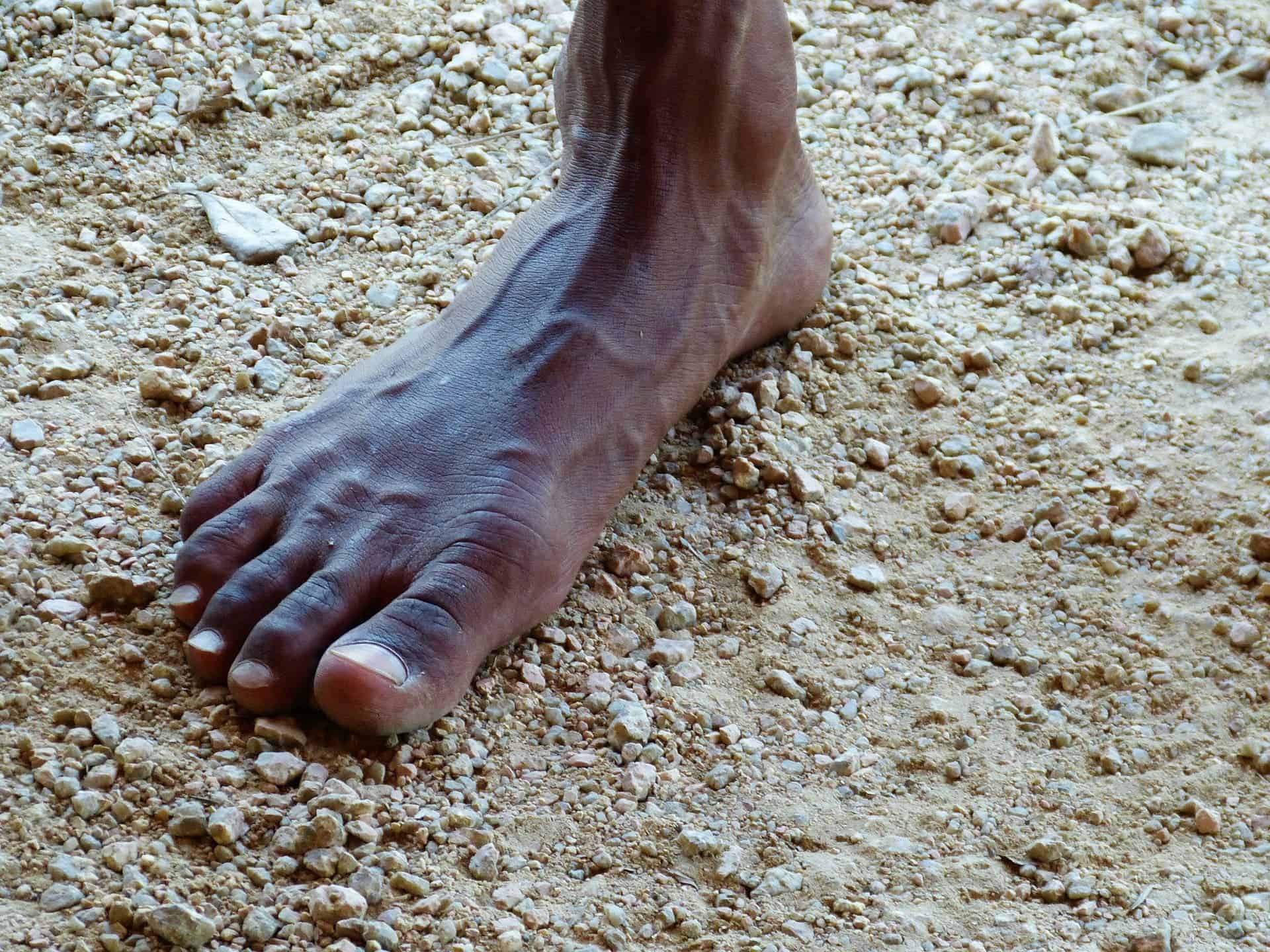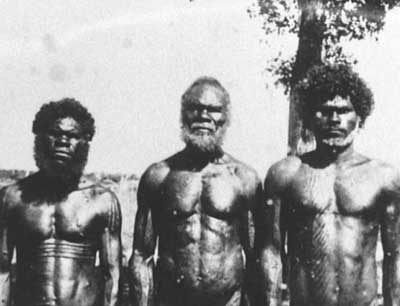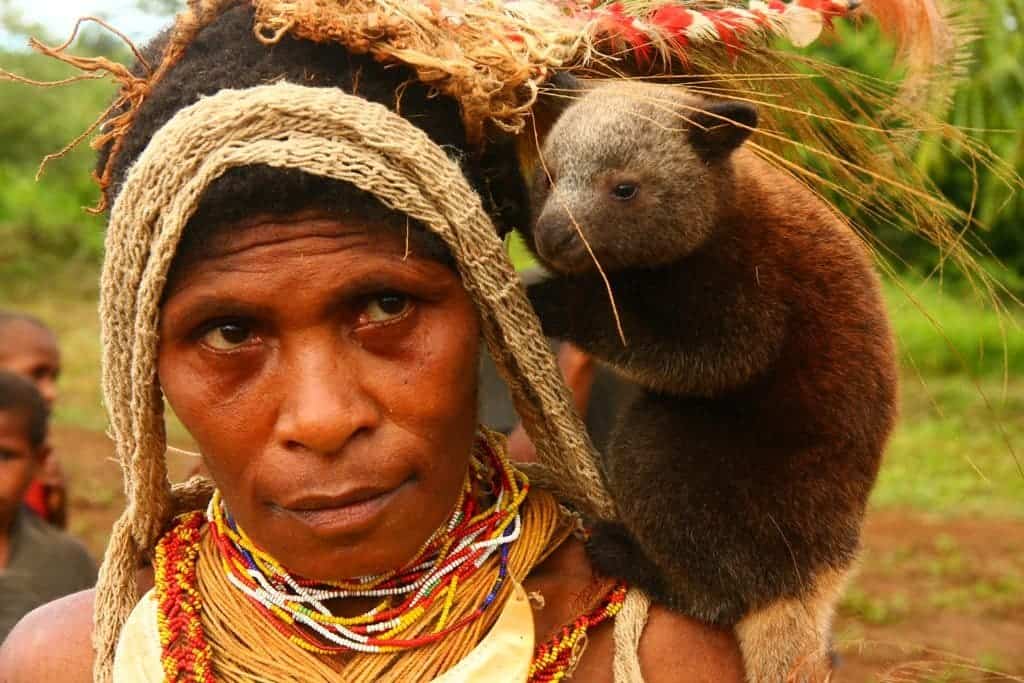
Humans first evolved in Africa some 200,000 years ago. Then, sixty to seventy thousand years ago, they started their long march into the rest of the world crossing through the Arabian Peninsula — or so the prevailing ‘Out of Africa’ human exodus theory suggests. Whether there was one single massive wave or more is still a matter of debate, though. But the most extensive genome analysis of Australia’s Aboriginal people might help settle it, or at least part of it. The results suggest all present-day non-African populations are descended from the same single wave of migrants, who left Africa around 72,000 years ago.
The researchers sequenced the genomes of 83 Aboriginal Australians, as well as 25 Papuans from New Guinea. Prehistory Australia and New Guinea were connected by a land bridge that allowed human populations to migrate in and out, but once the ocean covered the bridge the Aboriginal ancestors got locked in isolated populations.
The analysis suggests Indigenous Australians and Papuans arrived in their present homelands some 50,000 years ago and were likely the first humans to cross an ocean, as well as perhaps the oldest living civilization. The two populations eventually split around 37,000 years ago with the Aboriginal Australians remaining completely isolated until 4,000 years ago.
“Now we know their relatives are the guys who were the first real human explorers. Our ancestors were sitting being kind of scared of the world while they set out on this exceptional journey across Asia and across the sea,” said Eske Willerslev, an evolutionary geneticist from the University of Copenhagen in Denmark and lead researcher of the study published in Nature.
Perhaps the most striking finding is that these early human pioneers, before reaching Australia, come in contact with a yet unidentified human species with which they interbred. Presently, Australia Aboriginal people share 4 percent of their DNA with this unknown hominid.
“Our results suggest that, rather than having left in a separate wave, most of the genomes of Papuans and Aboriginal Australians can be traced back to a single ‘Out of Africa’ event which led to modern worldwide populations. There may have been other migrations, but the evidence so far points to one exit event,” said Dr Manjinder Sandhu, a senior author from the Sanger Institute and University of Cambridge, in a statement.
The aboriginal genomes were compared with genetic information about other populations, which gave the researchers confidence that a single mass migration out of Africa was what likely happened.
“Our results suggest that, rather than having left in a separate wave, most of the genomes of Papuans and Aboriginal Australians can be traced back to a single ‘Out of Africa’ event which led to modern worldwide populations. There may have been other migrations, but the evidence so far points to one exit event,” said Dr Manjinder Sandhu, a senior author from the Sanger Institute and University of Cambridge.
Though genetic evidence points to a single exodus, archaeological findings do not necessarily concur. Previously, scientists found human skeleton remains in the Qafzeh and Es Skhul caves in Israel dated between 120,000 and 90,000 years ago. Then, in 2015, researchers found human teeth in Daoxian, south China, that are 80,000 years old.
Some suggest that while a single major exodus occurred there were earlier isolated pioneering migrations that moved out of Africa but whose settlements died off.
A second paper published by researchers at the Estonian Biocentre in Tartu who also sequenced modern Papuans found two percent of their genomes comes from humans who lived 120,000 years ago. In other words, there had to be two migrations to explain these peculiar findings.
“The papers led by Mallick and by Malaspinas favour a single exit from Africa less than 80,000 years ago giving rise to all extant non-Africans, while that led by Pagani favours an additional and earlier exit more than 100,000 years ago, traces of which they claim can still be found in Australasians,” said Prof Chris Stringer, from London’s Natural History Museum, who was not involved with the genomic studies.
“Unfortunately, the signs of past interbreeding with a Denisovan-like archaic population which are found at a level of about 4% in extant Australasians, according to the Malaspinas paper, complicate interpretations, as well as the possibility that there may have been yet other ancient interbreedings which are so far poorly understood.”
